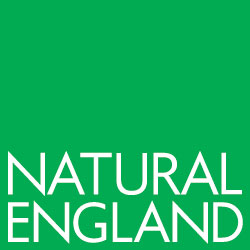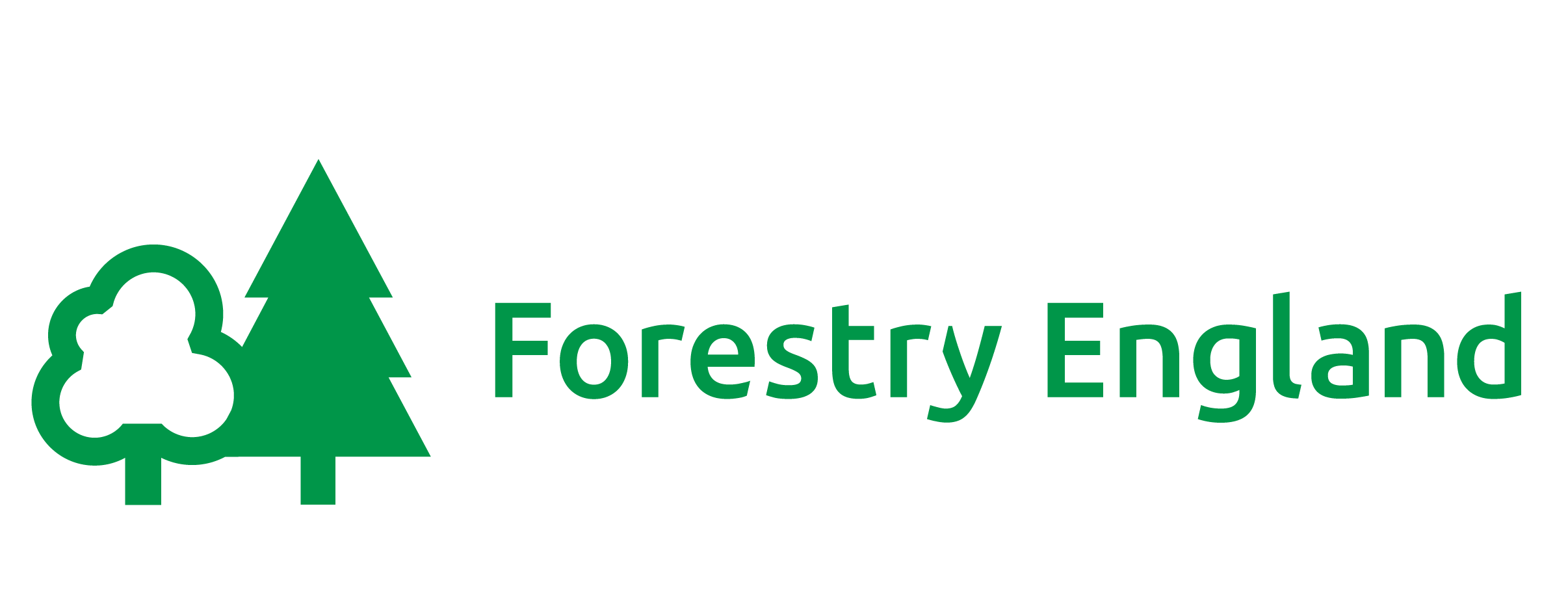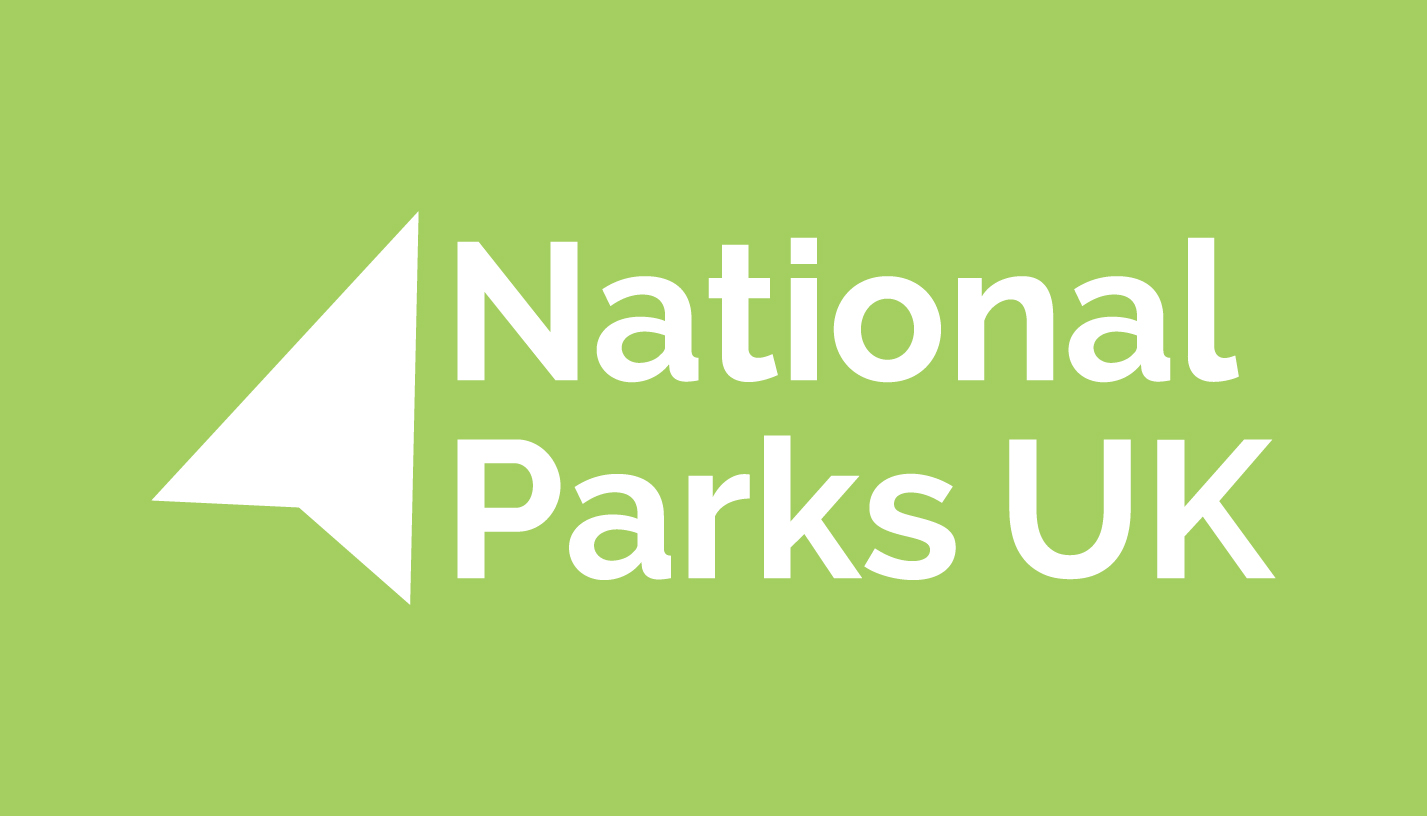The annual North East Spring Otter Survey
Monitoring the otter population of the North East.

The Eurasian otter (Lutra lutra) is the only species of wild otter in the UK and is a secretive and shy animal that ranges over large stretches of watercourse – mostly at night. However, these characteristics also make otters extremely difficult to survey and monitor. Having been on the brink of extinction in England in the 1970s, it has recovered well in recent years thanks to protections, the decline in heavy industry leading to reduced pollution in our rivers and the banning of organochlorine pesticides. But in order to keep track of how they are doing, where they are active and to ensure that we are alerted to any future declines we need to monitor their populations - which means we must look for other signs that they are around.
Fortunately, being territorial animals, otters like to advertise their presence to other otters by marking their territories with an array of secretions. The easiest of these to find and identify is their spraint or poo, which is usually deposited on rocks at the side or in the middle of the watercourse, under bridges and on fallen trees and logs. Otter spraint is very distinctive and looks and smells quite different to that of other carnivores. It usually contains bones of fish, smells musky or fishy and is really not that unpleasant. Some sources say it smells of jasmine tea - although I admit I have never got that.

The Annual North East Spring Otter Survey is organised and run by The Otter Network and is now in its seventh year. It is carried out entirely by volunteers each of which is allocated a ‘patch’ of watercourse which they check for otter spraint and tracks on consecutive days over the survey weekend (this year it is the 27th/28th April). By checking the same sites in their patch on both days and recording signs on Day 2 that were not there on Day 1 we can effectively ‘freeze’ the activity of our otter population on one night of the year. This allows us to estimate the number of active otter territories over the survey area. The good news is that our otter population seems to be reasonably stable at the moment and this year we are extending our survey area a further north to include the area between the Tyne and Blyth and out into the Allen Valleys in the North Pennines.
Many of our volunteers have been taking part since the first survey and have now come to consider it an integral part of their spring calendar, but there is always room for new recruits as, inevitably, every year a few people have to drop out for various reasons. If you would like to take part you can contact us at [email protected] or through The Otter Network website www.theotternetwork.co.uk.

If you’d like us to use feature your green action please tell us
- What you did, or intend to do, and when?
- Which theme, or themes, it delivers against?
- Who and how many people it involves?
- That you are happy for us to store, and potentially use, the information.
Please send details, including any photographs and logos we can use, to [email protected]






